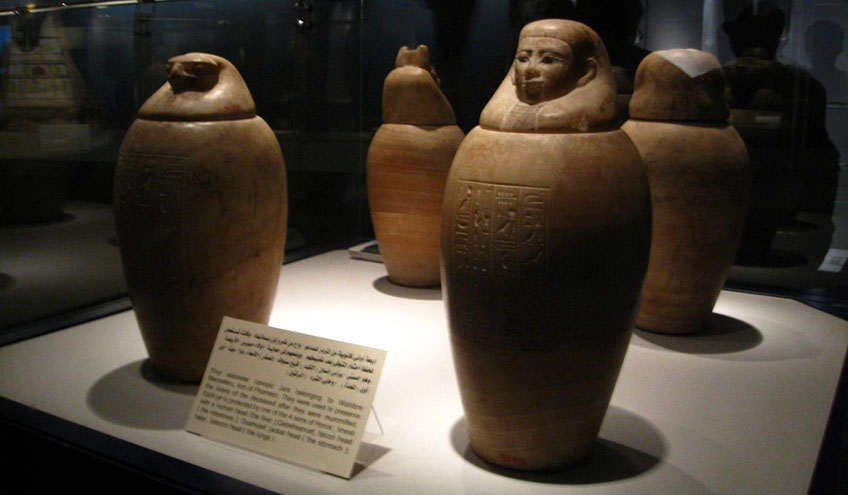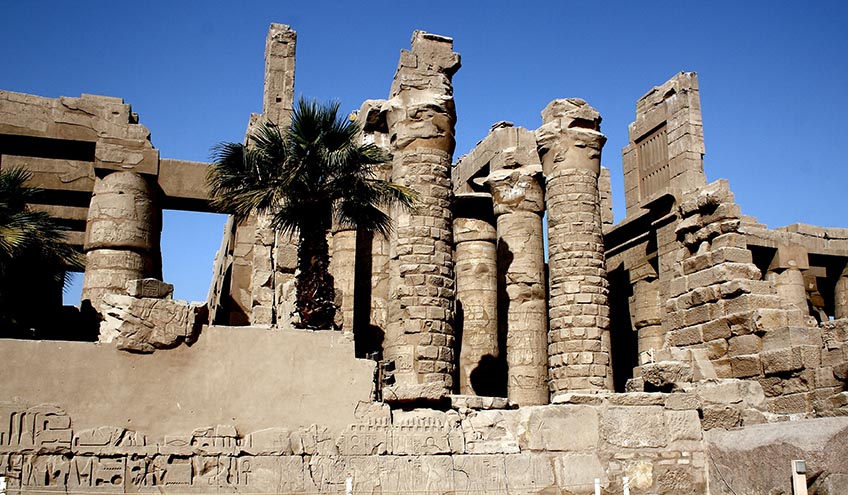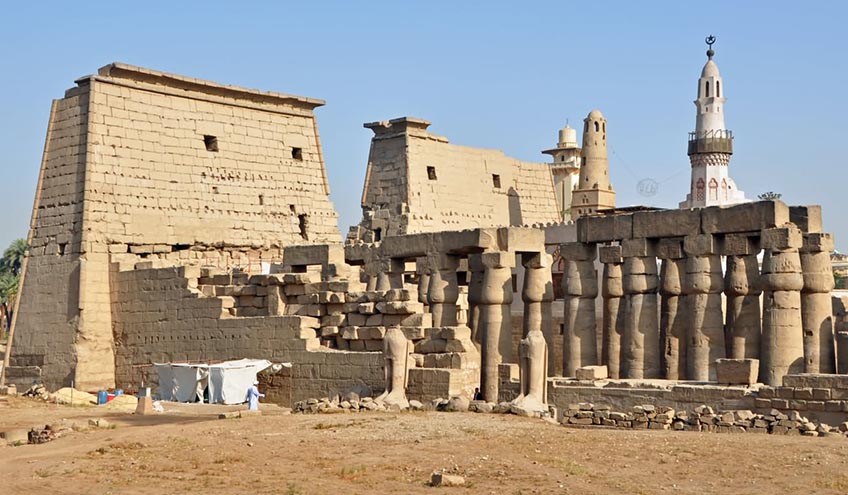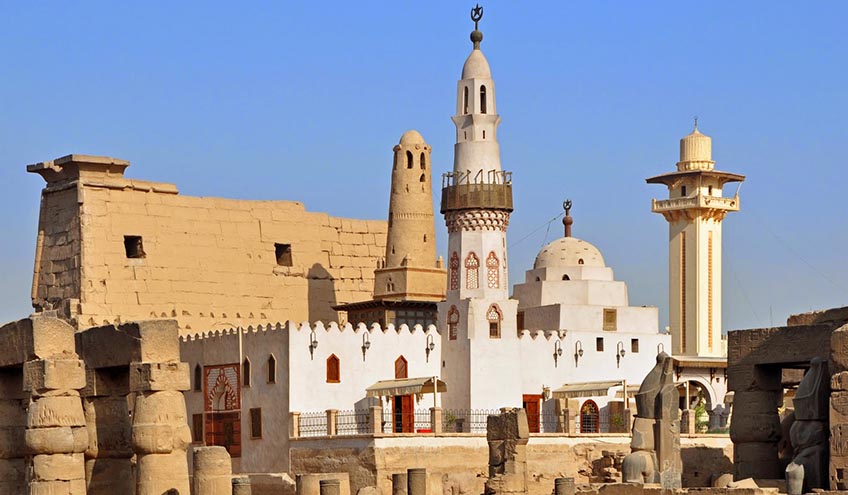search & explore Luxor
Luxor
Destination Guide
The Ultimate Guide Before You Plan for your Next Trip
Luxor has been a tourist destination since the beginning of tourism. It is often called the world's greatest open-air museum, as indeed it is and much more. The number and preservation of the monuments in the Luxor area are unparalleled anywhere else in the world. Actually, what most people think of as Luxor is really three different areas, consisting of the city of Luxor on the east side of the Nile, the town of Karnak just north of Luxor, and Thebes, which the ancient Egyptians called Waset, which is on the west side of the Nile across from Luxor. Today, Luxor is well equipped to accommodate tourists with many hotels and, in general, a tourist industry ready and willing to serve the people from across the globe that descend on this area of the Nile Valley every year. Within Luxor, there are only three main streets consisting of: • Sharia al-Mahatta • Sharia al-Karnak • The Corniche, next to the Nile. The street in front of the train station is Sharia al-Mahatta and runs away from the Nile where it meets the gardens of Luxor Temple. Sharia al-Karnak, or Maabad al-Karnak, which means Karnak Temple Street, runs along the Nile from Luxor Temple to Karnak Temple. Special statutes that allow it more autonomy than other political areas of Egypt govern Luxor at the Nile. The city has all the amenities tourists might expect, including a variety of hotels, bars, nightclubs and restaurants.




